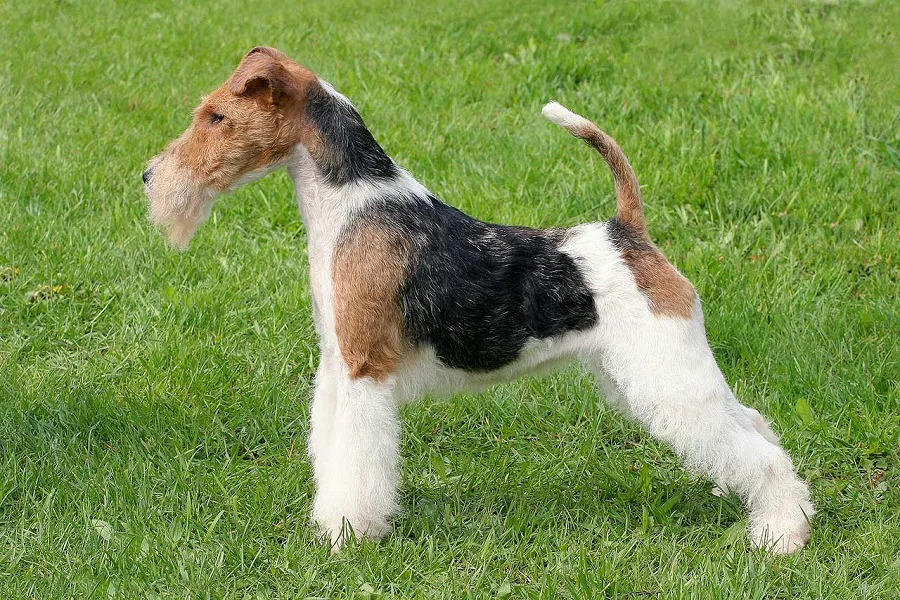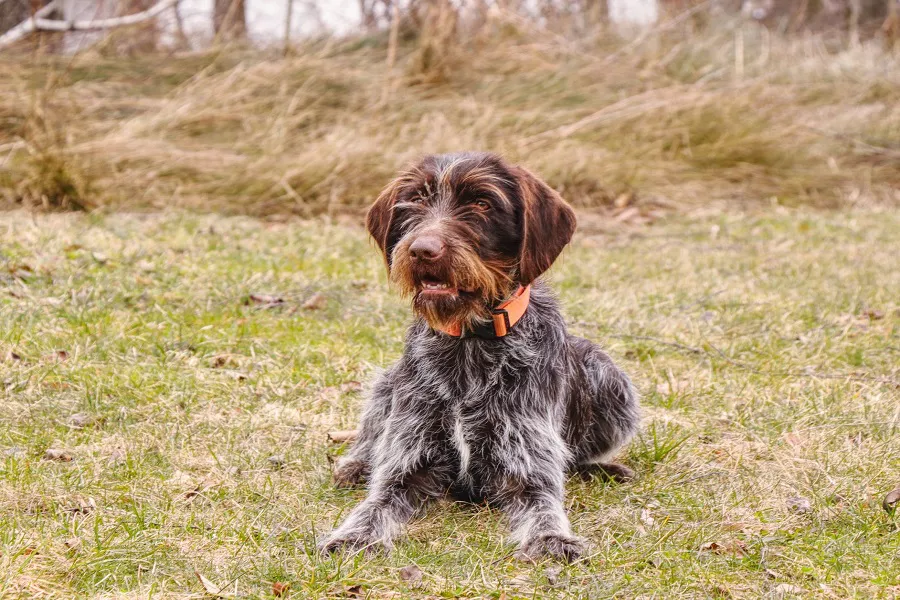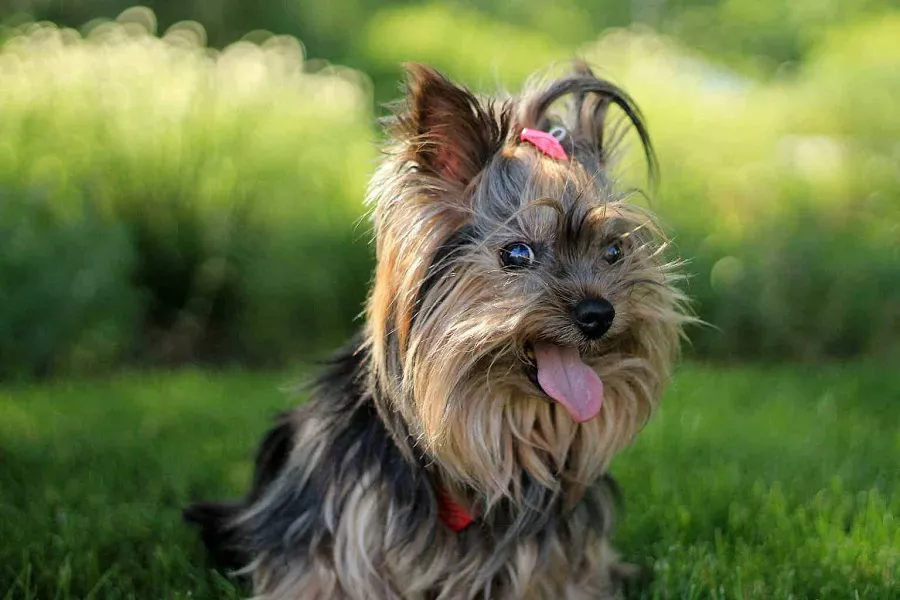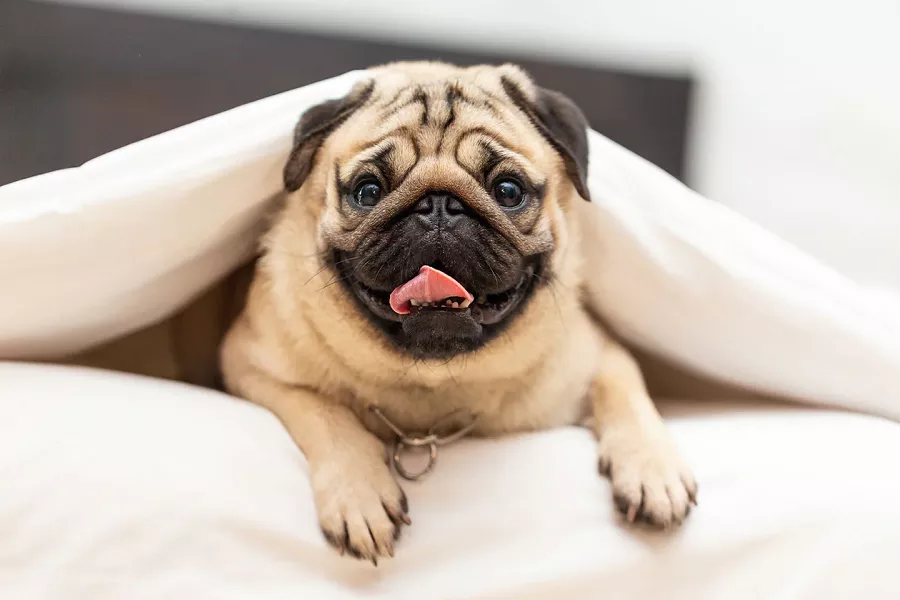What is a wire fox terrier?
Originated in England, it originated in the 18th century. The Wirehair Terrier, believed to be extinct, may be one of the breed’s ancestors. These dogs are generally alert, quick-moving, and enthusiastic. Its eyes and the posture of its ears and tail are very characteristic. Smaller-scale bone mass and strength are necessary traits; but that doesn’t mean the Wire Fox Terrier is a dumb dog, or anything rough—in fact, speed and stamina are just as important as strength. The legs should not be too long or too short. The ideal proportions for the body are that the height at the withers is equal to the length of the body.
What does a wire fox terrier look like?
The correct length of the head of a well-developed adult wire fox terrier, the distance from the occiput to the nostril, is about 7 to 7.5 inches, and the size of the female dog is correspondingly smaller. The eyes should show enthusiasm. The eyes are dark, small, deep set, not prominent, enthusiastic, lively and intelligent, close to round in shape and not too far apart. Any tendency to yellow eyes is a defect. The ears are V-shaped, small, of medium thickness, hanging forward on the cheeks, and the fold line of the ears is slightly above the top of the head. Rather than hanging down the sides of the head like the Foxhound. Stand ears, tulip ears or rose ears are not recognized. The skull is flat, slightly sloping, tapering in width towards the eyes. In a well-developed adult dog, the widest part of the skull does not exceed 3.5 inches, and the female dog is correspondingly smaller. The jaw bone is well developed, and the teeth are white and strong, making the face appear strong and powerful. Nose color is black. The jaws are strong and muscular, and the teeth are in a scissors bite.
The neck is clean and muscular, with no fat on the throat, of normal length and with a graceful profile when viewed from the side. The back should be short, straight, strong, and not flabby. The loin is very strong, muscular and very slightly arched. The wire fox terrier has a very short back, giving it plenty of neck length and very free movement. The chest is deep and not wide, but a chest that is too narrow or a chest that is too wide is not acceptable. The tail is set slightly high, held happily but not curled. The tail should be strong, docked at 3/4 of its total length.
The shoulders are steeply sloping down, well integrated with the back. The shoulders are laid flat back so that the forequarters are long enough, and the back is short for the ideal terrier. The forelegs should be straight and strong bones. The pads are firm and firm; the toes are moderately arched, not turned in or out. The thighs should be long and powerful, and the rear knee joint should be well angled, not turned in or out; viewed from the front or rear, the rear leg should be kept straight during exercise, and the rear knee joint should not be turned out.
The coat looks uneven, with twisted, thick, wire texture. The hair grows so densely and thickly that the skin cannot be seen even if the hair is pulled by hand. At the base of these setae is a layer of short, fine, soft hair called the undercoat. The hair on the sides of the body is not as stiff as the hair on the back and legs. The hair on the upper and lower jaws is loose and longer, giving the face a firm appearance. The coat on the front legs is also dense and loose. The coat is white with stripes.
wire fox terrier living habits
Energetic, mischievous, playful, dislikes being controlled, and likes to fight. But it is very trainable. These dogs are generally alert, quick-moving, and enthusiastic. Its eyes and the posture of its ears and tail are very characteristic. Smaller-scale bone mass and strength are necessary traits; but that doesn’t mean the Wire Fox Terrier is a dumb dog, or anything rough—in fact, speed and stamina are just as important as strength. The legs should not be too long or too short. He should be like a clever hunter, able to adapt to many types of terrain and with a short back.
wire fox terrier feeding
Unscheduled feeding means that you keep the dog food in the bowl for a long time, and eat it according to the fox terrier’s mind; and regular feeding means that you must feed the small fox terrier at a designated time every day, and after the time passes, it will be eaten by yourself. Put away the dog bowl and no longer feed it. Of the two feeding methods, it is advantageous to feed the Fox Terrier at a regular time, as this will help control the Small Fox Terrier and facilitate future home training.
If not fed regularly, the Fox Terrier can easily overeat, making it overweight and unhealthy. For an older Fox Terrier, it is advisable to eat small meals frequently, and if you do not know how to feed it, you can seek advice from your veterinarian. When you feed, you may have questions about how much to feed. In fact, you can refer to the recommended amount provided by the label on the dog food packaging bag or can, and feed the Fox Terrier according to the different developmental stages of the dog. There are some common recipes for every stage of Fox Terrier, in other words, any dog can eat this recipe, because the dog food already contains the nutrients the puppy needs.
Many dog breeders also recommend that dogs not be fed with public prescriptions before the dog is one year old. Sometimes puppies are interested in adult dog food during the first two months of life; however, there are some indications that feeding adult dog food should be done when the terrier is more mature.
Some nutrient-rich ‘dog food’ recipes are not necessarily good for the Beagle because it can adversely affect the development of the dog’s bones and muscles. To keep the entire coat clean and hygienic, bath it regularly and brush it daily with a stiff brush. Wash the hair inside and outside the ears, mouth, nose and chin with detergent to keep it soft and clean.
This dog is prone to eczema, if you can keep the above aspects of cleanliness, you can reduce the possibility of the disease. Usually, you should pay attention to the strength of the dog’s appetite, the dryness and thinness of the stool, and the coolness and heat of the nose pad. Once you find any abnormal signs of illness, you should seek medical treatment as soon as possible. In the usual parenting, strict discipline should also be given, so that it can develop obedience to commands, love cleanliness and be kind to people around it, and avoid developing various bad habits such as jealousy of other dogs and squeamishness.
Reminder: For more knowledge about dog feeding, dog training, dog grooming, dog breeding, please pay attention to: mtedr.com, providing you with different kinds of dogs.

























